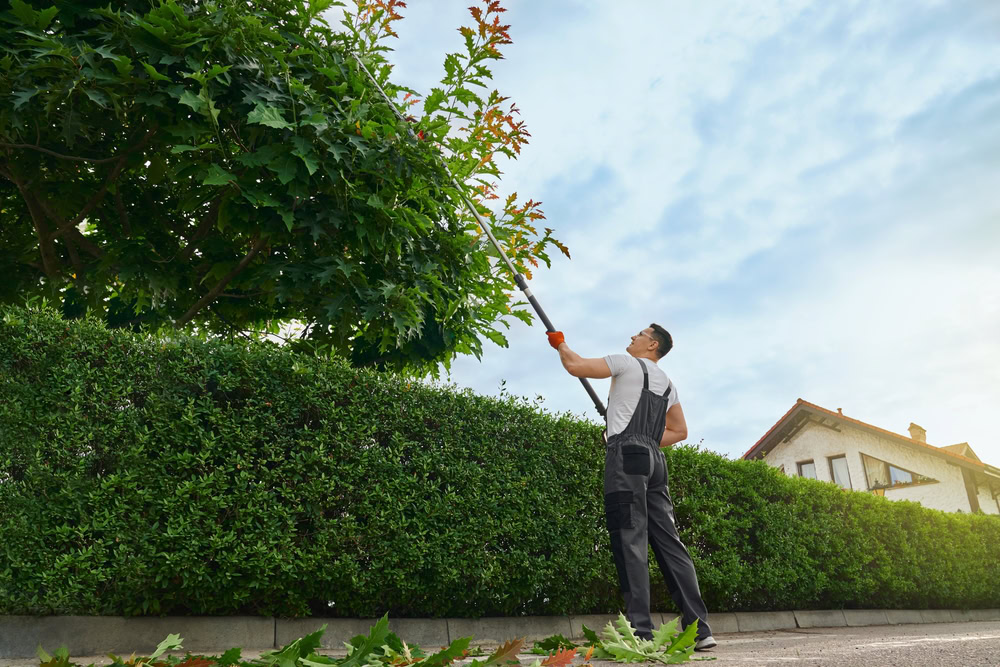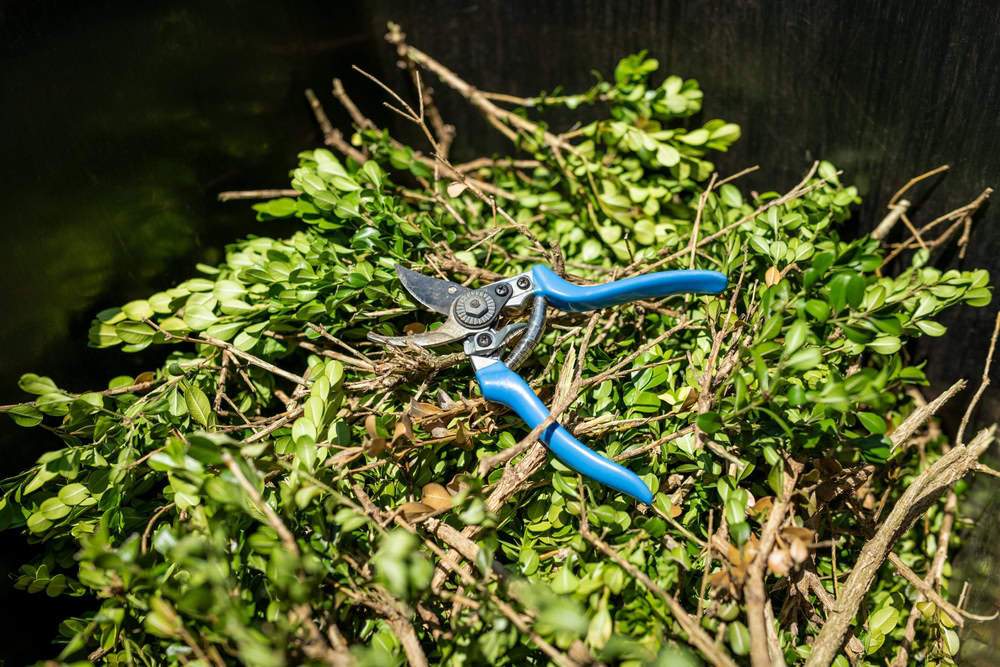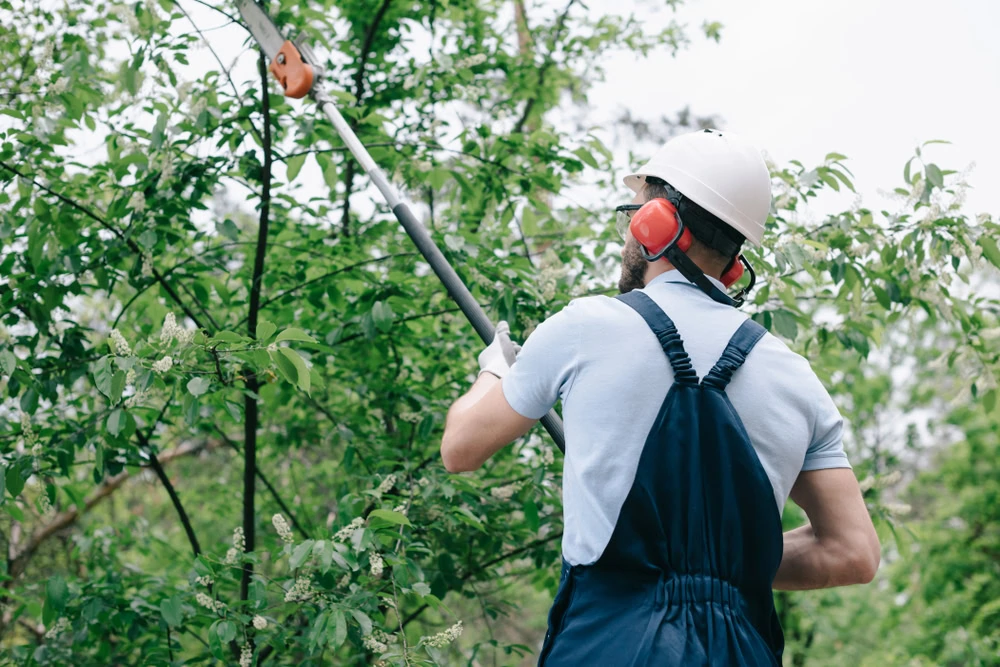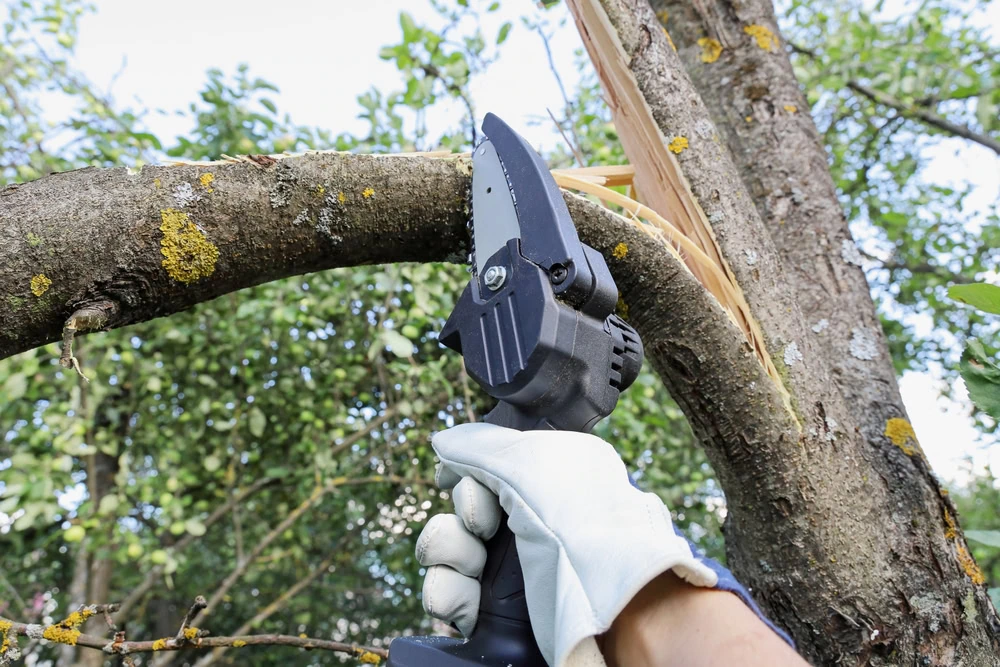Tree Trimming in Flower Hill, NY
Safe, Professional Tree Care That Protects
Licensed arborists removing hazards and preserving your property’s beauty with expert tree trimming services.

Hear from Our Customers

Professional Tree Care Flower Hill
You get peace of mind knowing those overhanging branches aren’t threatening your roof anymore. Your property looks cleaner, more valuable, and genuinely safer for your family.
Professional tree trimming isn’t just about cutting branches. It’s about identifying which limbs pose risks, which ones are diseased, and how to shape your trees for long-term health while protecting everything underneath.
When it’s done right, you’ll notice the difference immediately. Better views, more sunlight where you want it, and that nagging worry about storm damage finally gone.
Licensed Arborists Flower Hill NY
We’ve been handling tree care across Long Island for years, with deep knowledge of the species that thrive here and the weather patterns that threaten them.
Our team is fully licensed and insured, which matters more than most people realize until something goes wrong. You’re not just getting tree work – you’re getting protection and accountability.
Every job includes complete cleanup, so you’re not left dealing with branches and debris scattered across your property.

Tree Trimming Process Flower Hill
First, our certified arborist evaluates your trees, identifying problem areas, potential hazards, and the best approach for your specific situation. You’ll know exactly what needs attention and why.
The actual trimming uses professional equipment and proper techniques to remove problematic branches while preserving tree health. Safety protocols protect your property and our crew throughout the process.
Complete cleanup follows immediately. All branches, leaves, and debris get removed, leaving your property cleaner than when we started. No surprises, no extra fees, no mess left behind.

Ready to get started?
Tree Maintenance Services Flower Hill
Our tree trimming service includes hazard removal, crown thinning, deadwood removal, and strategic pruning for tree health. Emergency tree service handles storm damage and urgent situations that can’t wait.
Flower Hill’s mature trees often need specialized attention. Many properties feature older oaks, maples, and evergreens that require careful assessment to determine what’s healthy versus what’s becoming a liability.
We cover everything from routine maintenance trimming to complex removals near power lines or structures. Each situation gets evaluated individually because cookie-cutter approaches don’t work with living trees.
